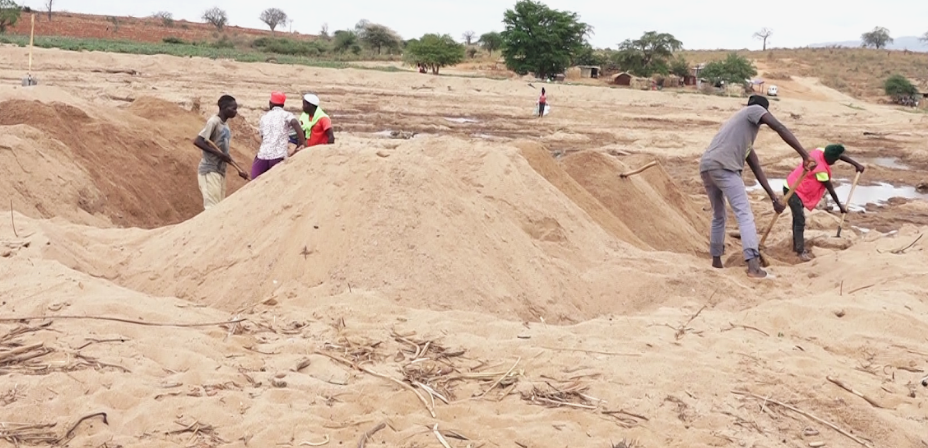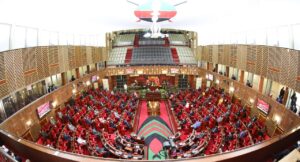For decades, our rivers have been abundant in sand, but our people remain impoverished. Talk has changed nothing, and silence will destroy them. That is why I write today, because if my environmental knowledge and experience can’t help provide for my people, then I don’t add any value to God’s creation.
Kenya extracts an estimated 50 million tonnes of sand each year, valued at about KSh 78 billion at the source and over KSh 180 billion at retail prices in Nairobi, according to recent environmental and construction industry assessments. Most of this sand comes from Makueni, Machakos, Kitui, Kajiado, Kakamega, and our coastal counties. However, if you visit these areas, you’ll see rivers stripped bare, water tables dropping, and communities living in severe poverty. Trucks roll out loaded with wealth, leaving behind environmental scars and empty promises. We have allowed this cycle to persist for decades, thinking it was unavoidable. But it is not.
Sand isn’t just another commodity; it’s the lifeblood of our rivers, the foundation of our buildings, and a natural resource meant to benefit the communities where it exists. However, in many areas, it has become a curse. By extracting riverbed sand, we disrupt water retention, accelerate erosion, and destroy biodiversity. We are stealing water from future generations that was meant to flow in our rivers most of the year. The results are clear: dry wells, dead rivers, collapsing bridges, and lost livelihoods.
We understand why progress has been slow. Cartels dominate much of the trade, politics are complicated, and regulation is weak or not enforced. Even where county laws are in place, enforcement is costly and often bypassed by vested interests. Meanwhile, the construction industry grows more aggressive each day, with Nairobi’s towers and national infrastructure consuming millions of tons of sand annually. We continue to export value from the poorest to the richest without regard for the environmental debt we are accumulating.
It is shameful that many regional leaders and political kingpins from sand-rich areas remain fixated on endless political schemes and personal power struggles while their rivers run dry and their people suffer. Their silence and inaction are a betrayal.
We can turn this around without taking an extra grain of sand. If we set a national levy of just KSh 500 per tonne and ring-fence it for river restoration and water projects, counties could raise KSh 25 billion each year. Adding a KSh 300 per tonne margin returned directly to registered community groups, another KSh 15 billion would flow to local livelihoods. That totals KSh 40 billion annually, enough to fund boreholes, sand dams, schools, and rural roads, lifting entire counties out of poverty.
We already have proof that this works. Makueni County’s sand management cooperative has demonstrated that organized harvesting, clear zoning, and volume controls can protect rivers while generating revenue for public projects. Packaging sand in 50-kilogram bags, similar to cement, could make it traceable, tax compliant, and less vulnerable to cartels. Updating our building codes to permit rock sand and manufactured sand, as other countries have done, would reduce pressure on our rivers instantly. Increasing the use of sand dam technology would not only conserve sand but also store millions of liters of water in dry areas, boosting resilience against drought.
This is not just about economics or the environment; it’s about morality. Leaders from sand-rich regions must act, and professionals need to step up. I applaud Governor Mutula Kilonzo for his bravery, even though he knows there’s still more to do. Our rivers have been heavily mined, yet our people remain impoverished. Talk has achieved nothing. Silence will destroy them. Think green, act green!



